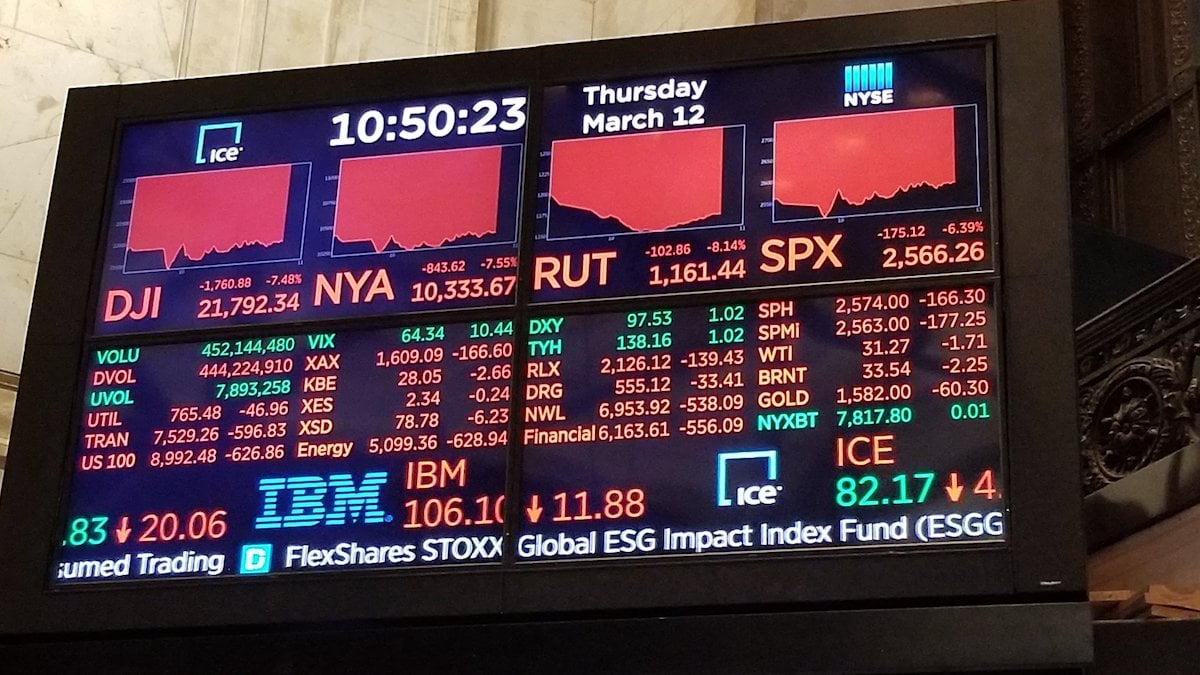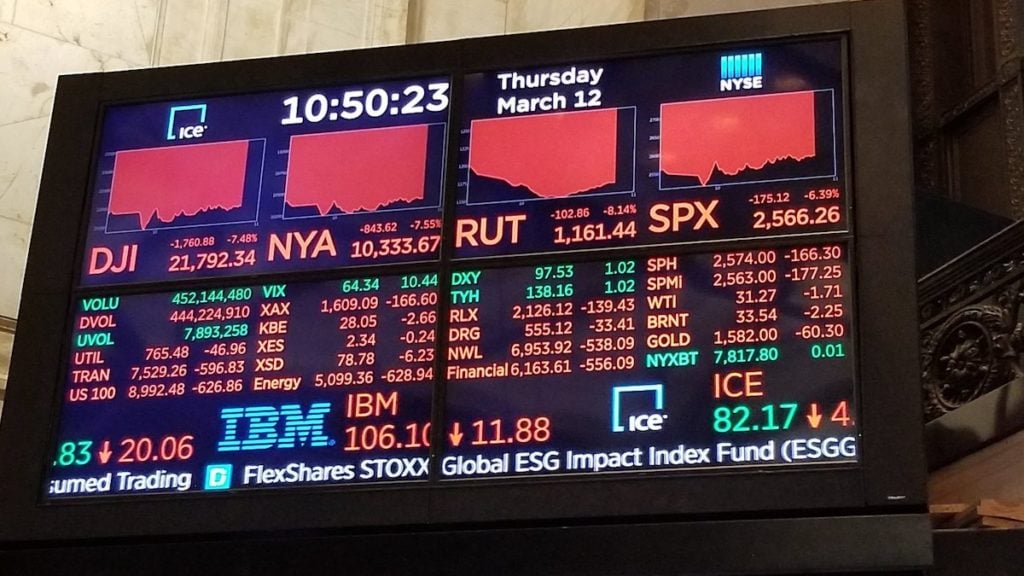

On Thursday, declines to the major market indexes triggered market-wide circuit breakers that halted trading for the second time this week. The declines were due to oil price wars and growing fears surrounding the spread of the coronavirus (COVID-19).
Until this week, many were unfamiliar with these mechanisms. So, what are market-wide circuit breakers and what do they do?
Market-wide circuit breakers (MWCB) are important, automatic mechanisms invoked if markets experience extreme broad-based declines.
They are designed to slow the effects of extreme price movement through coordinated trading halts across securities markets when severe price declines reach levels that may exhaust market liquidity.
Market-wide circuit breakers may result in a temporary trading halt, or under extreme circumstances, close the markets before the normal close of the trading session.
- They provide for trading halts in all equities and options markets during a severe market decline as measured by a single-day decline in the S&P 500 Index.
- A market-wide trading halt can be triggered if the S&P 500 Index declines in price as compared to the prior day’s closing price of that index. The triggers have been set by the markets at three circuit breaker thresholds—7% (Level 1), 13% (Level 2), and 20% (Level 3).
- A market decline that triggers a Level 1 or Level 2 circuit breaker after 9:30 a.m. ET and before 3:25 p.m. ET will halt market-wide trading for 15 minutes, while a similar market decline at or after 3:25 p.m. ET will not halt market-wide trading.
- A market decline that triggers a Level 3 circuit breaker, at any time during the trading day, will halt market-wide trading for the remainder of the trading day.
MWCB level thresholds for March 12, 2020 are as follows:
- Level 1 = 2,549.48 (7%)
- Level 2 = 2385.00 (13%)
- Level 3 = 2193.10 (20%)
The Dow Jones Industrial Average (^DJI) was down −1,696.31, or 7.20% to 21,856.91.







